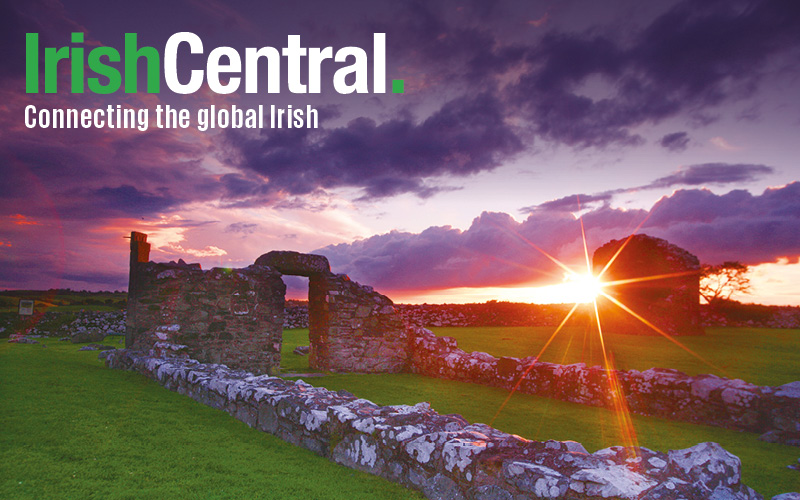The six National Parks of Ireland are an environmental treasure. They are not just scenic wonders and important tourist attractions, but also social and historical hubs for natural heritage, conservation and economic development. Yet some of them are overlooked by visitors. How many of Ireland’s national parks have you visited?
Managed by the National Parks and Wildlife Service of the Department of the Environment, the six parks account for 1.5 percent of the total land mass of Ireland. They are also governed by international standards laid down by the International Union of Nature Conservation, to preserve the extensive natural plant and animal communities and scenic areas. Containing rare plant, animal and marine species, they are also protected under the EU habitats directive. Here is a round-up of the six Irish national parks:
Killarney National Park –
The most popular member of Ireland’s national park system is in Co. Kerry. A 26,000-acre area of pristine lakes, woodlands and mountains, it is a natural magnet for artists, photographers, poets and tourists. The focal point of the park is the world-famous Lakes of Killarney, flanked by the McGillycuddy's Reeks, the highest mountain range in Ireland, and Torc Waterfall, 60 feet of cascading waters.
The woodlands thrive in a luxuriant medley of oak, birch, yew, ash, cedar, and juniper. Smaller flora include holly, fern, rhododendron, and arbutus (the strawberry tree), Killarney’s native plant. Red deer, black Kerry cattle, and other animals roam freely while over a hundred species of bird fly overhead.
For the human species, there are at least four sign-posted nature trails and countless garden-rimed walks and paths including a Cherry Tree walk. It is a “green zone” in the truest sense. Man-made attractions in the park include Muckross House & Gardens, a splendid 20-room Victorian mansion built in 1843; Muckross Abbey, the ruins of a friary founded in the 1440’s; and Ross Castle, a 15th century fortress.
Wicklow Mountains National Park –
Is the only one of Ireland’s national parks on the east coast of the island. With 49,421 acres, it extends over most of County Wicklow and contains large areas of mountains, lakes, rivers and blanket bogs. The open vistas are interrupted only by forestry plantations and the winding mountain roads.
Fast-flowing streams descend into the deep lakes of the wooded valleys and continue their course into the surrounding lowlands. The most visited area is the scenic Glendalough Valley where the 6th century monastic settlement of St. Kevin is located, and the Glendalough Wood Nature Reserve provides protection for the landscape and wildlife, from rare orchids to the peregrine falcon.
The Burren National Park –
Often referred to as Ireland’s rock desert, this park is part of an amazing 100-square-mile barren area like a lunar landscape, occupying part of western Co. Clare. Massive sheets of rock, craggy boulders and potholes are visible for miles in an almost moonscape-style pattern, yet this area is also a setting for pocket lakes and streams, set amid hills, turloughs, valleys and mountains, as well as an vast assemblage of wildlife and greenery.
Experts say that there is always something in bloom here, even in winter, from ferns and moss to orchids, rock roses, milkworts, wild thyme, geraniums, violets and fuchsia. This area is also famous for 33 species of butterfly. Animals such as the pine marten, stoat and badger, not often seen in the rest of Ireland, are common here.
The story of the Burren began millions of years ago, when layers of shells and sediment were deposited under a tropical sea, only to be thrust above this surface years later, and left exposed to the erosive power of Irish rain and weather, producing the limestone landscape that appears today. Evidence of early human habitation is all around – massive dolmens and wedge tombs, and hundreds of stone forts, known as cahers, which were the homesteads of farmers long ago. The area is also rich in Christian ruins – round towers, churches, high crosses, monasteries and holy wells.
Connemara National Park –
Nestled near Letterfrack in western Co. Galway, this 4,000-acre park is a kaleidoscope of wondrous scenery. With very little man-made development, it is a blend of mountains, bogs, heaths, grasslands, rivers, waterfalls, and nature trails. Connemara ponies run wild, and assorted wildlife including a herd of red deer roam the gentle landscape.
Some of the park’s mountains, such as Benbaun, Bencullagh, Benbrack, and Muckanaght, are part of the famous Twelve Bens Mountain range. Glanmore, which means large glen in the Irish language, forms the center of the park, as the Polladirk River flows through.
Ballycroy National Park –
Is Ireland’s newest national park, established in 1998. Located in remote northwest Co. Mayo, it covers a vast wilderness area dominated by the Nephin Beg mountain range. To the west of the mountains is the Owenduff bog, one of the last intact active blanket bog systems in Ireland and Western Europe.
The Park also protects a variety of important habitats and species including include alpine heath, upland grassland, lakes and river catchments. Greenland white-fronted geese, golden plover, red grouse and otters are some of the important fauna found within the park.
This part of Mayo is one of Europe’s least inhabited areas and a wildly beautiful scenic stretch of boglands and mountains. Traffic is never an issue on the roads of this park, you’ll usually have it to yourself. Steeped in tradition and culture, this region is a Gaeltacht or Irish-speaking area and road signs give place names primarily in Irish.
Glenveagh National Park –
This long-established park encompasses 24,000 acres of gardens, moorlands, lakes, woods, and mountains including the two highest mountains in Donegal — Errigal and Slieve Snacht. This vast natural expanse was not always a happy place.
The estate was created by Englishman John George Adair in 1857, who added a Victorian granite castle in 1870. He drove over 200 families from their homes on the land so he could live by himself. Although he died in 1885, his wife remained here until 1921. In the 1930’s, it was purchased by Henry McIlhenny, of the Tabasco sauce family, who was also a distinguished art historian and chairman of the board of the Philadelphia Museum of Art.
The grandson of a Donegal emigrant, McIlhenny restored the castle and made many artistic improvements in the buildings and gardens, spending several months a year here until 1983 when he presented the castle and gardens as a gift to the Irish nation.
Save time to explore the gardens to savor the rich variety of exotic and rare plants from as far away as Tasmania, Madeira, and Chile. The grounds provide a variety of nature trails and a lush habitat for wildlife including the largest red deer herd in Ireland and rare golden eagles who were re-introduced to the parklands in 2001.




Comments